How to plant currants step by step instructions
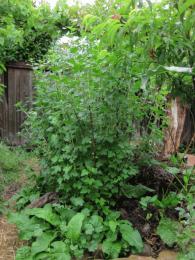
For the human body black currant is a real natural treasure trove of vitamins, organic acids and trace elements. The berries are useful for hypertension, atherosclerosis, anemia, renal and hepatic colic, bronchitis, and colitis.
Not only the berries, but even the leaves have tonic, anti-inflammatory, diuretic, and diaphoretic natural properties. Black currant berries are rich in iron, phosphorus, potassium, and in terms of the amount of vitamin C, they can compete even with rose hips. Currants contain a large amount of vitamin K, and therefore are contraindicated in large quantities for thrombophlebitis.
Content:
To get a good harvest, there are some secrets and landing rules plants.
Choosing a suitable landing site
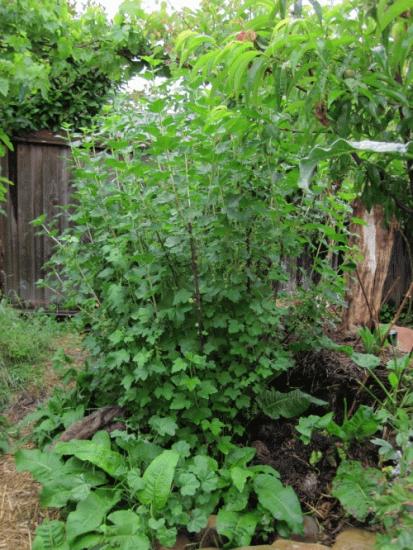
- The best time to plant currant bushes is early autumn. If the autumn turned out to be warm, then you can plant until October. If early frosts have already appeared, then it is better to bury the bushes and wait until early spring.
- An important point - we carefully choose the place for planting; black currants love a lot of sun and moisture.
- We distribute how we will plant the plant. Seedlings with a better developed root system take root well. If the seedlings have a small crown, then it is better to plant them closer to each other, and if they have too spreading crowns, then we plant them at a further distance from each other, on average the length is 1-2 meters.If currants are planted in several rows, then the distance should be greater - up to 3 meters.
Making holes for bushes
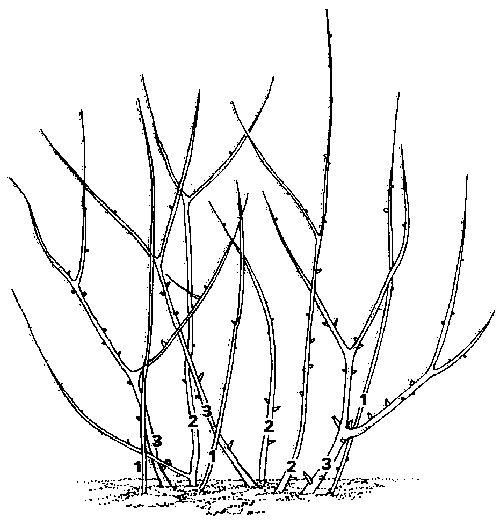
- We don’t dig holes for planting seedlings too deep, you can even use a solid trench, up to 35 - 45 cm deep. If time permits, let the holes “rest” for a week or two so that the soil shrinks.
- Place it on the bottom of the holes fertilizers, rotted manure or compost. Black currant prefers slightly acidic soils. If the soil is highly acidic, then an oxidizing agent should be added to the hole; it could be chalk, old dry plaster, or cement. You can even grind up eggshells and sprinkle them on the bottom. If you use ash, you need to know that the calcium it contains is very quickly washed away by groundwater, and then you will have to fill it up again every year.
- The seedling is placed in a hole, previously watered with water, at an angle of 45 degrees, then the roots straighten out well - then they should be buried 5 - 7 cm above the root collar. Such an inclined planting is necessary for better creation of additional roots, for the emergence of new shoots from the buds of the buried part stem and root collar. This is how a powerful, strong bush is formed well. If you plant the plant directly, a single-stem bush will form. Then they are gradually covered with earth, watered with water, and carefully tamped down with the toe towards the trunk. Gradually pour up to 4 buckets of water. It is more convenient to plant bushes together: one person holds, the other buries.
- Bush pruning. After the bushes are planted, they should be cut by half, and if the plant’s root system is strong, then by one third. Heavy pruning ensures that the roots are restored to balance and produces good growth in the first year.
What currants like and what they don’t like
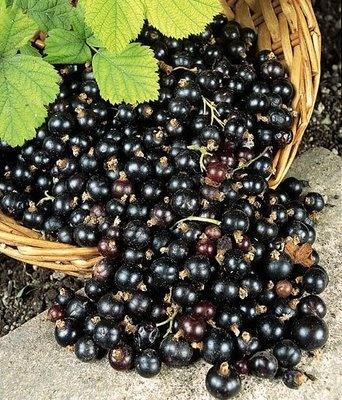
- Lots of sun, well-ventilated soil and most importantly - enough moisture! Currant bushes should be watered throughout spring and the first half of summer, especially in windy and dry weather. You need to water in the evening, pouring water directly under the bush so that the roots are saturated with moisture overnight. If you water in the morning, and even more so during the day, the moisture will quickly evaporate and watering will be useless. They stop watering when the berries begin to color - here watering is already harmful, the berries begin to crack right on the bushes from the high saturation of water in the cell sap.
- We mulch the soil. It is good to do this in the spring, under each bush, peat or dry grass, you can use dry clods of earth, since the plant does not like the soil to dry out. There is another simple technique - covering the soil at the base of the bush with newspapers. This should be done during the period of formation of the green cone and swelling of the buds. Newspapers will also prevent pests from crawling to the surface of the earth after wintering. During the flowering period, newspapers are removed, because at this time beneficial insects come to the top. Newspapers are returned under the bushes after the flowering period to retain moisture.
- Black currants do not like large amounts of lime! Provided that the soil is acidic, lime milk should be applied once a season.
- Doesn't like a lot of shade. Currant bushes in the shade become infected with fungal diseases.
- We save young bushes until next spring. They need to be hilled up to a height of 15 cm in the fall so that they do not freeze in winter. In general, black currant is a frost-resistant plant; only European varieties do not tolerate frost well.
Planting seedlings It’s a little troublesome, but after working once, you will provide yourself and your family with excellent vitamins for the whole year.


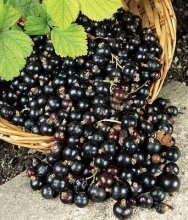

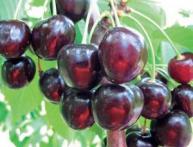

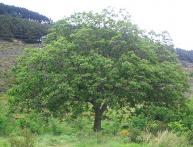
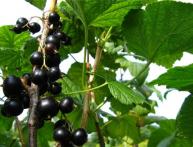


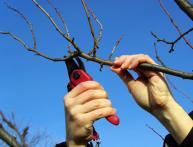
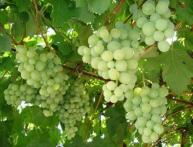
Comments
And about five years ago I planted currants on my own, without much knowledge. And now I saw that I did almost everything as it was written in the instructions. A good plant that does not require special care. The main thing is that there is enough moisture.
And about five years ago I planted currants on my own, without much knowledge. And now I saw that I did almost everything as it was written in the instructions. A good plant that does not require special care. The main thing is that there is enough moisture.
a little off topic, but suddenly I remembered how as a child we read a story about planting currants and it was slightly wrong. According to the story, you need to cut a good twig and plant it, and it will take root on its own. Has anyone used this method or was this a literary tale in the story?